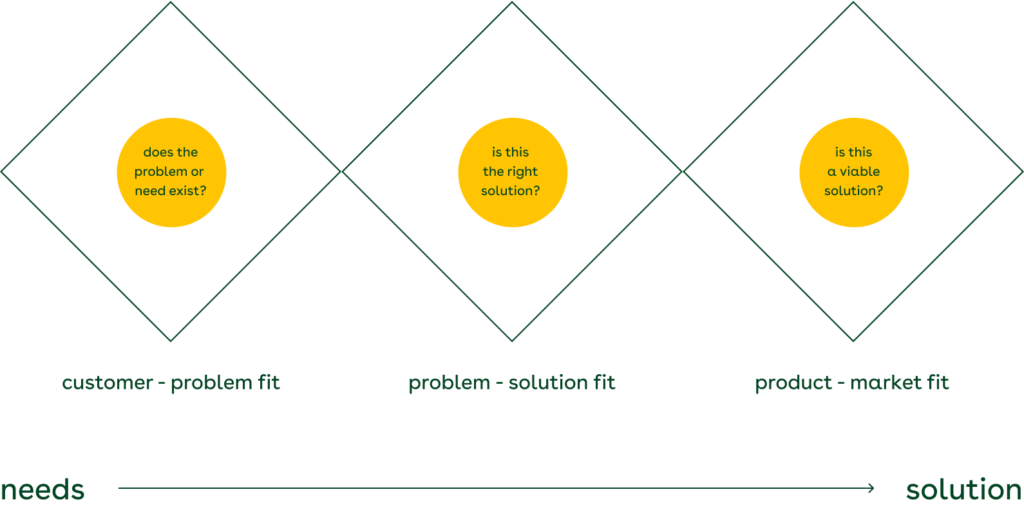Service design is a human-centered approach to creating, developing, and improving services to generate value for both the customer and your business. It involves understanding the needs and wants of your customers and designing services that meet those needs. It is a collaborative and iterative process that involves multiple stakeholders and can be applied to any service, from healthcare to finance to retail.
Service design is critical when it comes to improving customer experience. It helps businesses and organisations create services that are user-friendly, efficient, and effective. By understanding customer needs and pain points, service design can help companies create solutions that address these issues, leading to increased customer satisfaction and loyalty.
In this article, we will dive deeper into the world of service design. We will explore the benefits and value of service design and how it can be used to improve customer experience. Let’s get started!
the value of service design
Service design is all about creating services that meet the needs of customers. By focusing on the customer and their needs, businesses can create services that are more satisfying and enjoyable to use. This leads to improved customer satisfaction and loyalty. These, in turn, can lead to increased revenue for businesses, since satisfied customers are more likely to make repeat purchases and recommend the service to others. It can also help set you apart from your competitors.
Service design involves examining every aspect of a service, from the customer journey to the back-end processes. By doing so, businesses can identify inefficiencies and pain points in their processes and create solutions to streamline them. This can lead to cost savings and increased efficiency.
Additionally, service design can also benefit your employees by creating services that are more efficient and effective. By streamlining processes, employees can work more efficiently and effectively. This can lead to increased job satisfaction and a pleasant way of working.
service design to improve customer experience
The first step in service design is always to get to know the customers, and understand their context, behaviour, motivations and needs. This involves conducting customer research to understand the customer’s perspective and identify areas where the service can be improved. Research to understand customer needs typically involves surveys, interviews, and observational studies of users in their contexts. One of the key skills of a service designer is to be able to make sense of all this raw data, formulate insights and opportunities and package into something usable by the business.
Once these have been identified, the next step is to create a customer journey map. This is a visual representation of the customer’s end to end experience of a service, from initial contact to completion of their goal(s). This map can help to identify opportunities to improve or innovate the service. This might involve redesigning a process, improving communication, or even developing a whole new service offering! Occasionally a journey map is supported by customer profiles. With need based profiles, you cluster and analyse groups of people based on their service needs and how they behave in their environment, regardless of their demographics. And that is useful for developing your proposition and service.
Designing solutions to customers’ needs involves much more than just fixing their problems. The ideal solution will generate both customer and business value – a win-win solution. The ideas presented therefore must be workable for the organisation itself and able to keep working long after the project has concluded.
an iterative process
This whole process is very iterative, which means that solutions are developed and tested multiple times before launch. By testing solutions with customers and acting on their feedback, businesses can identify issues and make adjustments before launching the service, and reduce the risk of wasted investment or unhappy customers. At the same time it allows the business to streamline their internal processes. This allows them to save costs and increase efficiency while delivering a better customer experience. A service blueprint, which is a visual representation of the service and its constituent parts, could enable you to consider both the customer’s perspective and the business’s perspective when designing.

getting started
Is your goal to understand your customers’ needs, you replace assumptions with insights and create validated design concepts. And are you looking for the confidence to design the services your customers actually want? We help you achieve exactly that.
And we don’t stop there. We can help you take control of your customer journeys and monitor the insights and data. This way, you can start a continuous process of researching, streamlining, and improving based on customer needs and business value. Want to learn more about taking full control of your end-to-end customer experience? Read our blog on CX management or reach out to us!









